
Acoustic neuroma/vestibular schwannoma
Acoustic neuroma or vestibular schwannoma is a relatively slow growing cancer that arises from the cochlear division of the vestibulocochlear nerve.

Acoustic neuroma or vestibular schwannoma is a relatively slow growing cancer that arises from the cochlear division of the vestibulocochlear nerve.
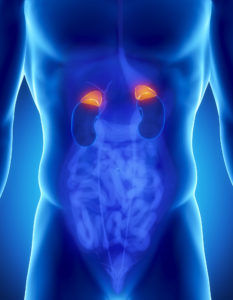
When cancer develops in the adrenal cortex, it is called adrenal or adrenocortical cancer or ACC.

Anal cancer is a rare form of cancer, where the malignant tumour occurs in the area of the anus or in the perianal area.

Basal cell carcinoma (BCC) is the most prevalent and least malignant type of skin cancer.
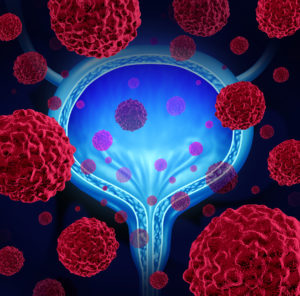
When cells in the urinary bladder start to grow uncontrollably it is known as bladder cancer.

There are two cancer types that can occur in the brain. A primary brain tumour develops within the brain itself. But many brain cancers are the result of metastasising cancers elsewhere in the body, most commonly the lungs.

When a malignant uncontrolled growth of cells occurs in the inner ear or in the external auditory canal, it is known as cancer of the ear.

An uncontrolled growth of malignant cells in the cervix, which is the lower part of the uterus, is known as cervical cancer.
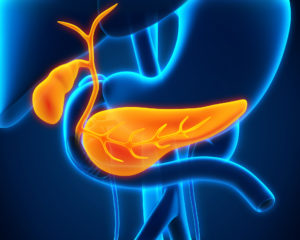
Cholangiocarcinoma, also known as bile duct cancer, is a type of cancer that is composed of mutated epithelial cells that line the bile ducts, which drain bile from the liver into the small intestine.

When cells within the gallbladder show uncontrolled spontaneous growth, a tumour may be formed that is known as gallbladder cancer or gallbladder carcinoma. It is a relatively uncommon cancer type.

Giant-cell tumour of the bone, (GCTOB) also called osteoclastoma, is a relatively uncommon tumour of the bone.

Intestinal cancer is the collective name for several cancer types in the intestinal system. The intestines consist of three parts: the lower intestine, the colon and the rectum. A term that is often used for intestinal cancer is colorectal cancer (CRC): the vast majority of cases concern the colon and the rectum.

Laryngeal cancer or laryngeal carcinoma, denotes the growth of tumours in the larynx, specifically in the mucous layer.

The Li-Fraumeni syndrome (LFS) is a rare hereditary condition that causes its patients to have a substantially elevated chance of developing one or more types of cancer.

Smoking, excessive alcohol consumption and UV radiation are all contributing factors to a higher risk of developing lip cancer.

Cancer patients frequently present tumorous growths in the liver, but these are often metastases of cancers that originated elsewhere in the body. Only when a tumour develops in the liver out of liver cells, is it called a primary liver cancer.

Hereditary non-polyposis colorectal cancer or Lynch syndrome is an autosomal dominant genetic condition that has a high risk of colon cancer, as well as other cancers including endometrial, ovary, stomach, small intestine, hepatobiliary tract, upper urinary tract, brain and skin cancer.

Melanoma is a type of cancer that develops from pigment-containing cells called melanocytes. It is the most aggressive type of skin cancer, and it is known to spread rapidly across the body.

Multiple endocrine neoplasia 1 (MEN1) syndrome is also known under the name of Wermer’s syndrome. It is a hereditary disease that can affect the endocrine system through development of neoplastic lesions in the pituitary, parathyroid gland and pancreas.

Multiple endocrine neoplasia 2 (MEN2) syndrome is an inherited familial disorder that can cause multiple hormone-producing tumours. These tumours develop in glands, organs and tissues that produce hormones, and the excess hormone production can cause symptoms.
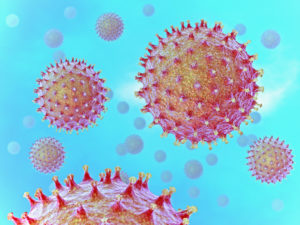
Merkel cell carcinoma (MCC) is a rare and highly aggressive skin cancer, which, in most cases, is caused by the Merkel cell polyomavirus (MCPyV or MCV).
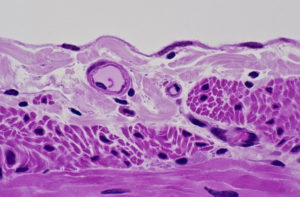
Mesothelioma is a cancer type that develops from the thin layer of tissue that covers many of the internal organs, known as the mesothelium. The most common area affected is the lining of the lungs and chest wall.
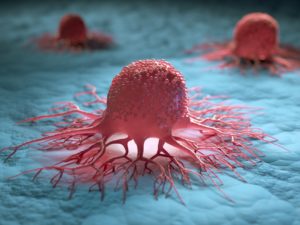
Neuroendocrine carcinomas are neoplasms that arise from cells of the endocrine (hormonal) and nervous systems.
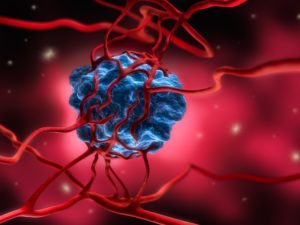
Neuroendocrine tumours (NETs) are neoplasms that arise from cells of the endocrine (hormonal) and nervous systems.
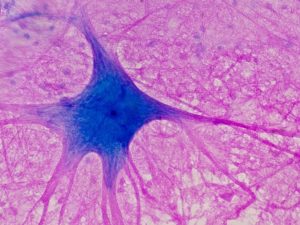
Neurofibromatosis is the name for a number of hereditary afflictions that mostly target the skin and nerve system.

There are two types of lung cancer: non-small cell lung cancer (NSCLC) and small cell lung cancer (SCLC). NSCLC presents tumorous cells that are the same size or larger than normal lung cells.

Uncontrolled multiplication of cells in the oesophagus is known as oesophageal cancer or oesophageal carcinoma.

Oral cancer, also known as mouth cancer, is a type of head-and-neck cancer and is the term used for any cancerous tissue growth located in the oral cavity. There are several types of oral cancer, but around 90% are squamous cell carcinomas, originating in the tissues that line the mouth and lips.

Oral cancer, also known as mouth cancer, is a type of head-and-neck cancer and is the term used for any cancerous tissue growth located in the oral cavity.
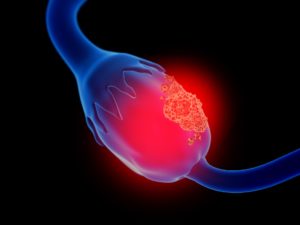
When malignant growths are found in one or both ovaries, it is known as ovarian cancer.

Pancreatic cancer is an uncontrolled growth of malignant tumorous cells within the pancreas.

Penile cancer arises when tissues of the penis, such as the foreskin and glans, undergo uncontrolled cell division.

Peutz-Jeghers syndrome (PJS) is an inherited condition that puts people at an increased risk for developing hamartomatous polyps.

When a giant-cell tumour occurs in the synovium – a membrane that covers the joints – it is known as pigmented villonodular synovitis.

When a spontaneous unbridled cell growth occurs in the pituitary gland, it is called a pituitary gland tumour.
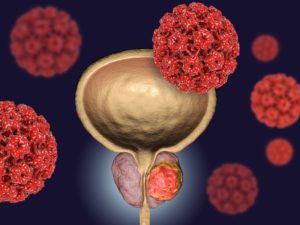
When malignant cell growth occurs in the prostate, it is known as prostate carcinoma or prostate cancer.

Pseudomyxoma peritonei (PMP) is a rare type of cancer that affects the peritoneum.

PTEN hamartoma tumour syndrome (PHTS) refers to a spectrum of conditions that are characterised by multiple hamartomas.

Renal pelvis cancer is a malignant tumour that starts in the renal pelvis, in the kidney.
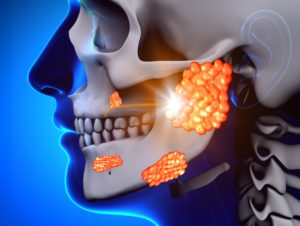
A build-up of malignant cells in the salivary gland is known as salivary gland cancer.
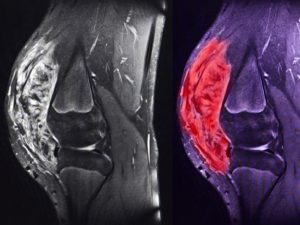
A sarcoma is a cancer that arises from transformed, malignant cells of the connective tissue.

Sebaceous gland cancer or sebaceous gland carcinoma is a rare and aggressive type of skin cancer.
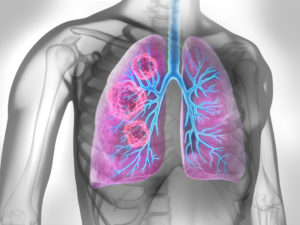
Small cell lung cancer, sometimes also called oat cell cancer, presents tumorous cells that are smaller than normal lung cells. This is a relatively aggressive cancer type that tends to spread through the body.

Squamous-cell skin cancer, also known as cutaneous squamous-cell carcinoma (cSCC), is one of the most common types of skin cancer along with basal cell cancer and melanoma.

Stomach cancer, also called gastric cancer, cancer begins when cancer cells are forming in the inner lining of your stomach. These cells can grow into a tumour. There are several types of stomach cancer.

When cells in a testicle show unbridled growth, this phenomenon is known as testicular cancer or testes carcinoma.

There are three types of cancers of the throat: nasopharyngeal cancer, oropharyngeal cancer and hypopharyngeal cancer. There is a strong relation between these cancers and the intake of tobacco and alcohol.
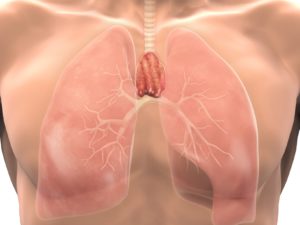
Thymus cancer is a rare cancer type located in the small organ just behind the breast bone.

Thyroid cancer occurs in the cells of the thyroid – a butterfly-shaped gland located at the base of your neck.

Tongue cancer develops when malignant cells of the tongue undergo uncontrolled cell division.
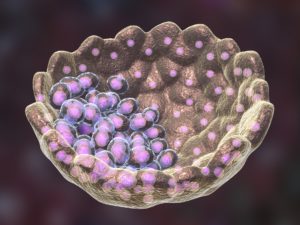
Trophoblastic diseases are rare cancerous conditions that develop in the trophoblast.

When a tumour occurs in the urinary tract, it is known as urinary tract cancer or carcinoma.

Uterine cancer is a spontaneous malignant growth of cells in the endometrium of the uterus.

Vaginal cancer, also known as vaginal carcinoma, arises when cells in the vagina show spontaneous and unbridled growth.

Von Hippel-Lindau disease (VHL) is a rare genetic disorder. It results from a mutation in the Von Hippel–Lindau tumour suppressor gene on chromosome 3p25.3.